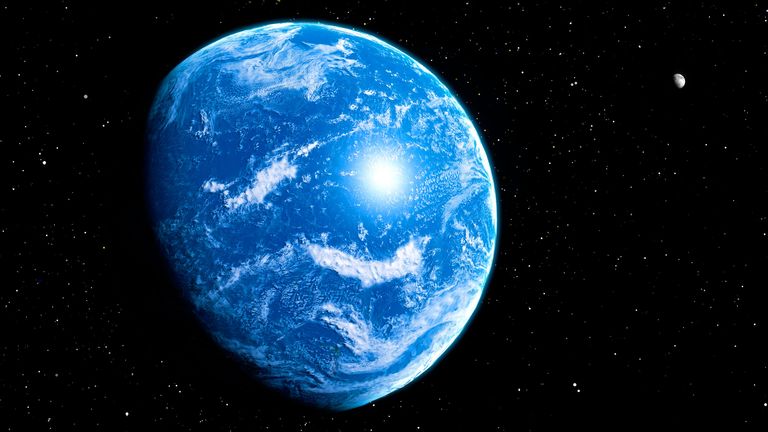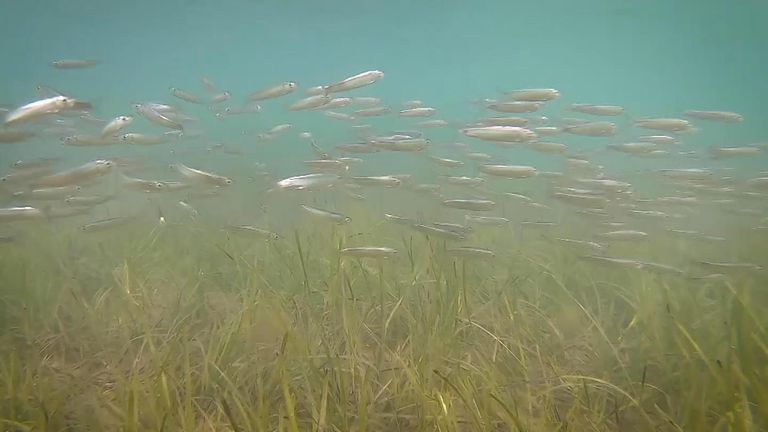New research suggests that there were no continents 3.2 billion years ago, much like Kevin Costner's film Waterworld.

Our blue planet may have once been even bluer according to new research, which shows the Earth could have once been covered in a global ocean without a continent in sight.
Back then the planet wouldn't have seemed too different from Kevin Costner's flawed 1995 action film Waterworld, according to the researchers from the University of Colorado at Boulder.
In their study, published in the journal Nature Geoscience, the team took advantage of a "quirk of hydrothermal geochemistry" to figure out what the world looked like so long ago.
Because the tectonic plates of Earth keep moving there are parts of the world which give scientists an insight into how things looked billions of years ago.
One such part of the planet is a geologic site called the Panorama district, located deep in the outback of Northwestern Australia.
The study's lead author Dr Benjamin Johnson said that today the Panorama district is covered by "rolling hills that are cut through by dry river beds" and described it as "a crazy place".
But it is also, the university noted, "the resting spot for a 3.2 billion-year-old chunk of ocean crust that's been turned on its side".
Because it shows a cross-section of the Earth's crust on its side, in the course of a day visitors could travel the distance of the Earth's outer shell all the way to where water bubbled up through the seafloor via hydrothermal vents.
Life on Earth is believed to have begun in the oceans more than 3.5 billion years ago, just after the planet's crust had solidified.
"There are no samples of really ancient ocean water lying around, but we do have rocks that interacted with that seawater and remembered that interaction," Dr Johnson explained.
Much like analysing coffee grounds to ascertain details about the water which poured through them, the team analysed the stone to find different isotopes of oxygen trapped there.
They discovered that the ratio of the two particular isotopes they were looking for, Oxygen-18 and the lighter atom Oxygen -16, were different from what would be seen today - with more of the heavier isotope present than expected.
"Though these mass differences seem small, they are super sensitive," said Dr Boswell Wing, a coauthor of the research.
That is they are sensitive to the presence of continents. Dr Wing explained that the clay-rich soils which make up modern land masses are very good at collecting the heavier isotope Oxygen-18.
According to the team, the most likely explanation for this is that the ancient Earth was without any continents which would collect all of these heavy atoms.
"There's nothing in what we've done that says you can't have teeny, micro-continents sticking out of the oceans," Dr Wing said.
"We just don't think that there were global-scale formation of continental soils like we have today."
The next task the researchers have set themselves is to figure out when plate tectonics pushed up enough rock to form continents. Younger rock formations in Arizona and South Africa are going to be their first ports of call.
ALL COPYRIGHT BELONGS TO SKY NEWS https://news.sky.com/story/earth-used-to-be-a-waterworld-covered-in-a-global-ocean-11948530
CONTACT US
Tel: +44 (0) 151 649 4000
Email: marketing@greyhoundchrom.com
FOLLOW US
YOU MAY ALSO BE INTERESTED IN OUR NEWSLETTER

















